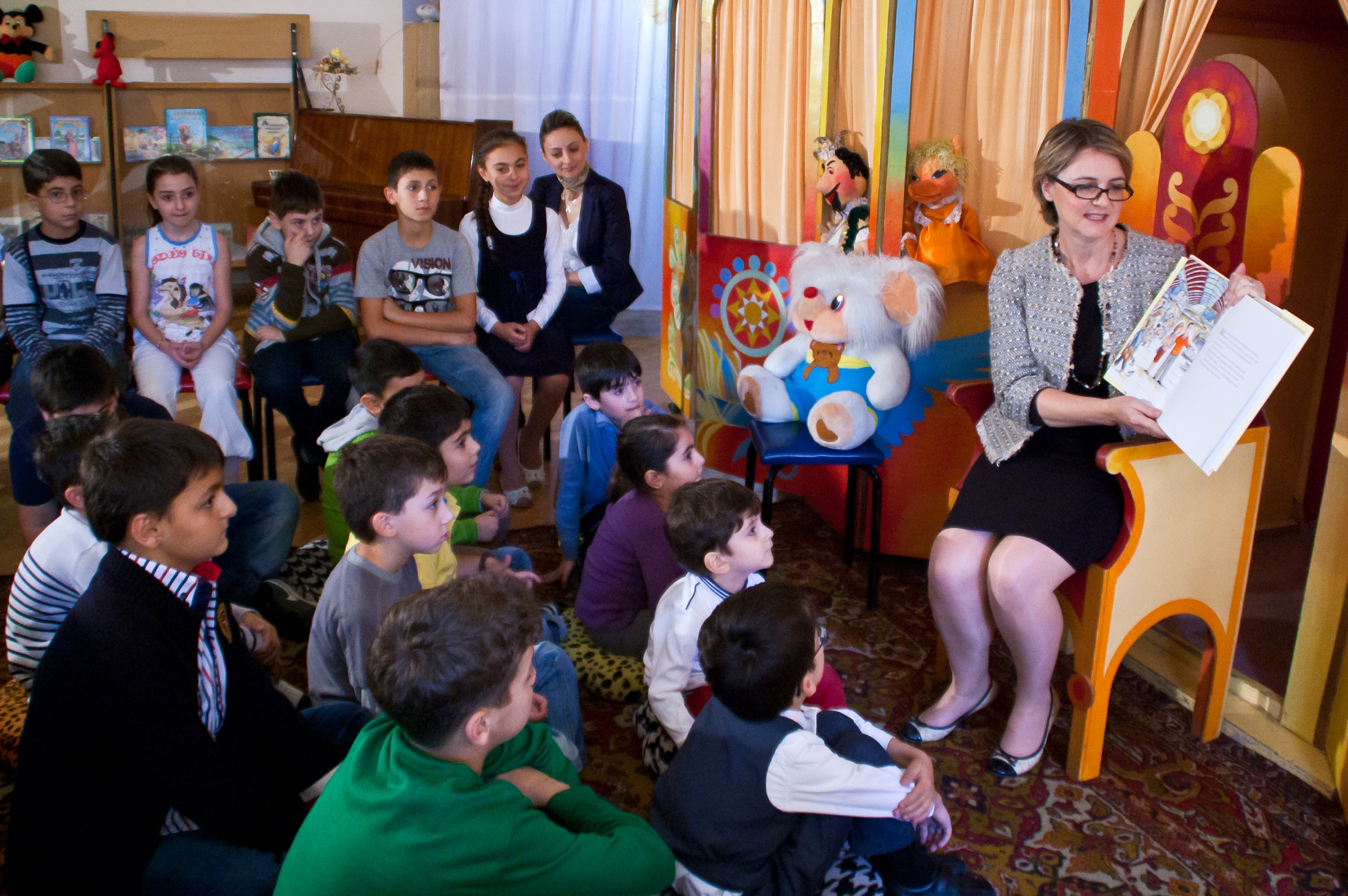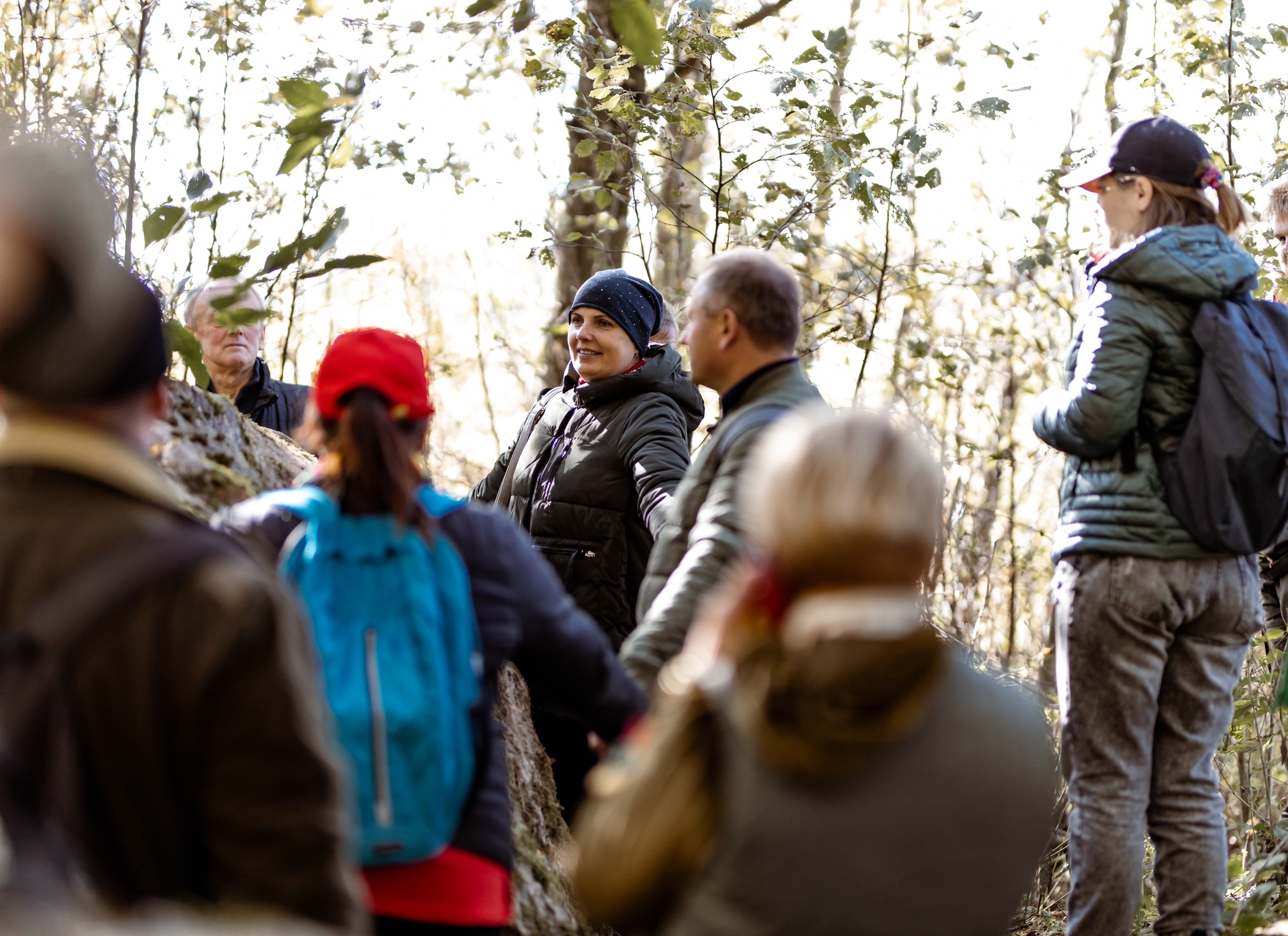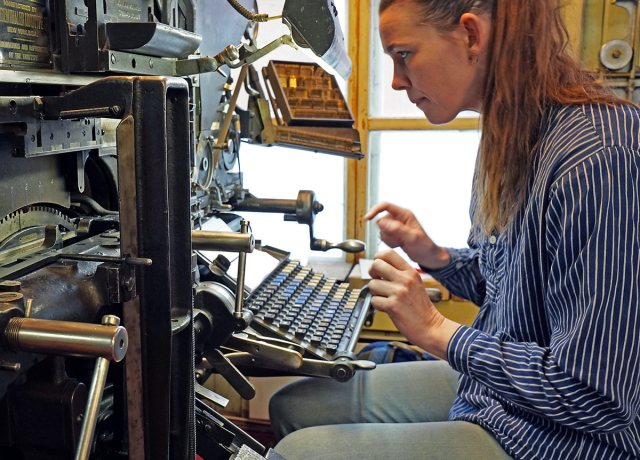European Heritage Days Article:
Grants Announced for European Heritage Days Stories 2023
European Heritage Days Article:
Grants Announced for European Heritage Days Stories 2023
Photo: Type setting (credit, Pressemuseet Fjeld-Ljoms Venner)
Eligible submissions to European Heritage Days Stories 2023 were eligible for a grant of up to 10 000 EUR to develop their projects with community-focussed activities taking place from July to December. This year, ten stories have been awarded grants; here is an overview of their stories and a glimpse into their upcoming plans.
The Predigital Newspaper and Printing House – Pressemuseet Fjeld-Ljoms Venner, Norway
From 1891 to 1975, the Fjeld-Ljom newspaper was produced and published on the same site in Røros, Norway. Afterwards the site was secured as a museum and the printing equipment has been preserved by the Friends of the Press Museum as a unique newspaper house with a complete and working production line which still produces a yearly edition. Open days, working with artists and school visits highlight topics about freedom of speech and comparisons of traditional printed media with modern day internet communications.
Largely relying on local volunteers, the museum is now looking at training specialist technicians from across Europe to use and maintain letterpress and hot metal equipment to ensure knowledge of these skills remains an active part of Living Heritage into the future.
HeritAngels – Diadrasis, Greece
This project is “a story about climate change, people, and cultural heritage protection” on the Greek island of Kea delivered through the theme of an angel’s travels. Aiming to address the question, "where does the protection of the environment meet that of cultural heritage?", the project focusses on community engagement, fostering active citizenship amongst young people, and strengthening cooperation with local cultural professionals to protect historic monuments such as the Archaeological site of Nemea against climate change.
Further development of the project will see more research, educational programmes and a public awareness campaign to empower people to care for their local heritage sites.
The Way Surrounded by Blue and Yellow – Department of City Marketing and Tourism of Vinnytsia City Council, Ukraine
With a route from Vinnytsia to Kamianets-Podilskyi, the St James Way of Podillia was the first officially organized walking and cycling cultural route in Ukraine and allowed users to explore more than 700 years of history. Launched in 2021, further development of the route was paused in 2022 as invasion risked safety and funding whilst also damaging nearby cultural monuments.
The organisers are now planning to reopen the route as soon as possible to connect with local residents, including displaced communities. The routes will also be enhanced with a multi-media gastronomy theme inspired by the 2023 European Heritage Days theme of ‘Living Heritage’.
Mnemosyne, The Museum for Everyone – Museo del Mare, Italy
The coastal area of San Benedetto del Tronto is home to the Sea Museum – Museo del Mare – representing the maritime culture of the residents. Founded by a local fishing group in the 1950s and enriched over the years by public donations, the organisation’s ethos is to be a ‘community museum’. This focus on the importance of social sustainability was further reinforced during the Covid-19 pandemic, leading to the development of initiatives to promote a sense of belonging such as intergenerational activities and links to the local fish market.
This story is named after Mnemosyne, the goddess of memory, and further plans are now underway for an oral history project and a series of accessible and inclusive guided tours.
Fairy Tale Ambassadors – Khnko Aper National Children's Library, Armenia

As part of the initiatives of the Khnko Aper National Children's Library to promote heritage preservation and cultural understanding, the Fairy Tale Ambassadors project invites people from different cultures to visit and tell a fairy tale in their native language to an audience of children. The project aims to bring people together and discover different cultures through storytellers from France, Italy, Spain and Germany and establish a lifelong love of heritage and a sense of community amongst participants.
The project is now planning to expand beyond the library and into other areas of the country by establishing more reading corners as well as illustration workshops.
Public Archaeology in Ostia Antica – Parco Archeologico di Ostia Antica, Italy
Located at the mouth of the River Tiber, Ostia was once the seafaring gateway to Ancient Rome, and as such was a cultural melting pot of languages, religion and trades. Continuing this history of diversity, the local Archaeological Park formed a collaboration with the Scuolemigranti Association, which is an organisation helping to teach Italian as a second language. The goal was to improve accessibility and participation in cultural heritage amongst migrant communities from Romania, Ethiopia and Iran and promote understanding of the area’s archaeological heritage as belonging to everyone.
The project plans to develop intercultural dialogue and shared heritage amongst children and families through archaeological and educational programmes.
Discover Fort d'Entrecasteaux – La Citadelle de Marseille, France
Founded by Louis XIV in 1660, Fort d'Entrecasteaux in Marseille has played an important part in the city’s story, from being partially dismantled during the French Revolution to use by the military and as a prison until the 1970s. More recently, thanks to a lease between the City of Marseille and non-profit organisation La Citadelle de Marseille, it has opened its doors to the public for the first time in its 350-year history.
Work is now underway to create a historical interpretation centre with a series of writing workshops to collect memories of those who have interacted with the site on a daily basis, from school children to former soldiers.
Stone Memory – Kraštomanija, Lithuania

This story starts with a chance discovery of a historic stone – the ‘petrified hunter’ – thought to have been lost for decades but found in woodland near Šventai. Stones in this region have many uses as historic and cultural assets, from building materials and local waypoints, to information in written engravings and use in specific customs such as thrones for coronations. Others, such as this one, have mythological routes and according to legend are named after petrified people.
This project looks to research more about these stones and the memories they contain and create contemporary stories and artistic experiences to find new ways to understand them and strengthen their connection with the identity of the local community.
Discovering the Heritage of Rose Hill – Oxford Preservation Trust, England
This story focusses on the often-overlooked Rose Hill area of Oxford and the creation of a free self-guided walk about the history of the area which was launched as part of European Heritage Days 2022. Initially working with a local historian to uncover the area’s past dating back to the Iron Age and Roman times, a series of community engagement workshops also gained insight into memories of the industrial and social history of the 20th and 21st centuries with a focus on spaces impacting everyday lives such as allotments and graffiti walls.
The project now hopes to expand into other areas of the city to explore diverse histories and produce maps with family activities to promote exploration of these places as well as a sense of belonging and wellbeing.
Beyond Beck Road – Open House Festival, England
The row of 55 terraced houses on Beck Road in London is a rare survival of an intact Victorian streetscape, thanks to the community of artists who have been living and working in the area and saving it from demolition since the 1970s. As part of European Heritage Days 2022, a community arts and heritage event took place transforming the road into an open-air gallery and film screening venue alongside arts and crafts workshops as well as tours of the artists’ studios.
This year, organisers are keen to participate in the shared ‘Living Heritage’ theme and continue highlighting architecture and neighbourhoods as a platform for participation, learning and creativity by working with local resident artists to share their stories, skills and places of work.
These stories can be read in full, alongside others selected for publication on our website and can be found using the ‘story’ filter in the search bar. And watch this space for more updates about grantee projects and outcomes!
